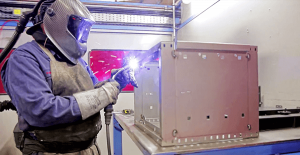Our highly trained and experienced weld team are some of the best in the industry and our quality is second to none. We produce high quality fabrications in various sizes and levels of complexity, for a range of applications and sectors. We work with businesses in a wide variety of sectors with capabilities to offer short and long runs of metal products.
